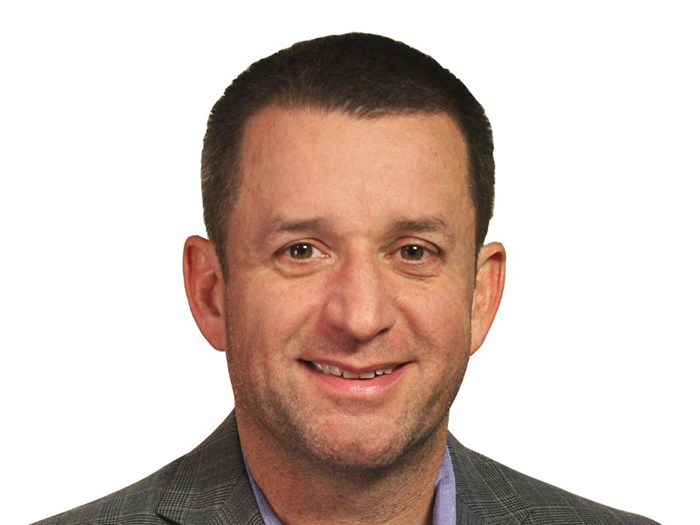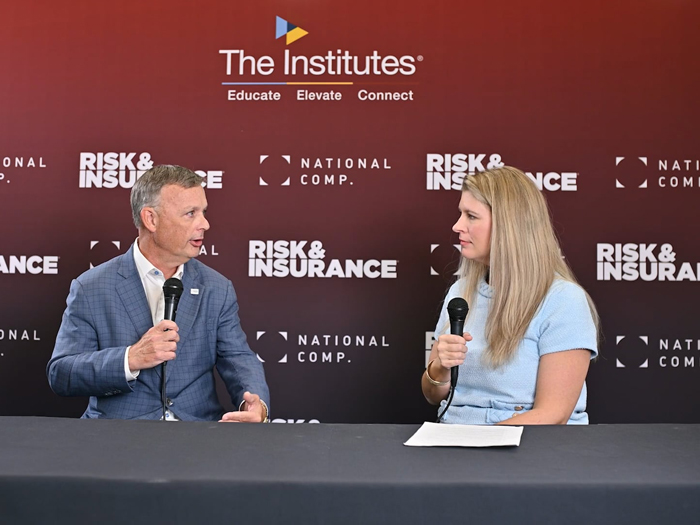How Technology Is Transforming Workplace Safety from Reactive to Proactive
For generations, workplace safety has been playing defense, always one step behind the next injury, the next near miss, the next preventable disaster. That’s finally changing, thanks to technology that provides safety professionals with something they’ve never had before: The ability to see problems coming and fix them before they result in a claim.
A recent conversation with Gabriel Glynn, CEO of MākuSafe, crystallized for me how these tools enable us to move beyond a “wait and see” approach to workplace safety efforts that has dominated for decades. Glynn shared a story that hit home immediately.
His father, a safety director responsible for 2,000 workers, described his job as “waiting for something bad to happen, figuring out why, then putting a plan in place so it doesn’t happen again.”
Glynn asked how his father knew if his plan would be effective and was told he would have to wait to see if fewer people got hurt the next year doing the same thing.
Today’s technology flips this equation. Wearable sensors, environmental monitoring systems, AI-powered analytics, and machine learning algorithms are creating unprecedented visibility into workplace conditions that create the opportunity to fix a risky situation before it becomes a workplace casualty.
The Intelligence Revolution
Smart sensors embedded in equipment, worn by workers, or positioned throughout facilities are collecting massive amounts of environmental and behavioral data.
Temperature fluctuations, air quality changes, noise exposure, ergonomic stress patterns, equipment vibrations — all creating a real-time picture of workplace risk. But capturing this raw data is only part of the story.
The breakthrough is possible because of artificial intelligence systems that can analyze the new data and identify patterns humans miss.
For example, when forklift interaction data revealed that 85% of pedestrian-vehicle near-misses happened during break times, the solution wasn’t more training — it was simply creating a parking area away from the break room.
Beyond Devices: Cultural Technology
The most sophisticated sensors are worthless without the right implementation approach. Forward-thinking companies are discovering that technology works best when it empowers workers rather than monitoring them.
MākuSafe offers a voice-enabled reporting system, for instance, that lets frontline employees instantly communicate hazards without stopping work to fill out a form or track down a supervisor.
Glynn’s most important insight? Technology without the right culture fails. MākuSafe actually turns down customers who want to use the system to “go after people,” he said. They’ve learned that success requires trust between frontline workers and management.
The companies seeing ROI in the hundreds of percent are those implementing technology to help workers, not catch them.
The Bottom Line
The companies winning at safety today aren’t just buying better equipment — they’re fundamentally reimagining how safety works.
They’re shifting from reactive incident response to proactive risk management, from compliance-driven programs to intelligence-driven prevention.
Listen to my full conversation with Glynn on the Predict & Prevent® podcast from The Institutes. The episode is called “Wearable Allies: Transforming Workplace Safety.” &










